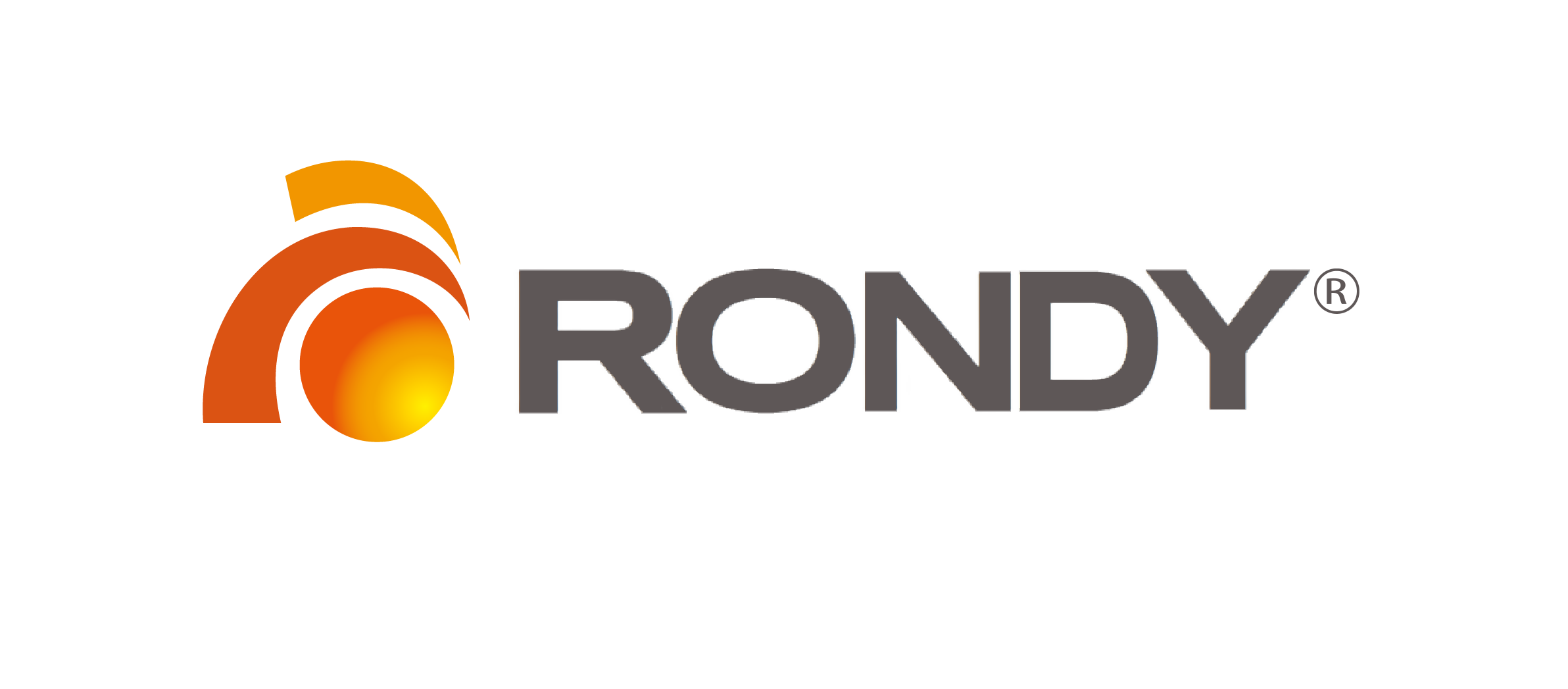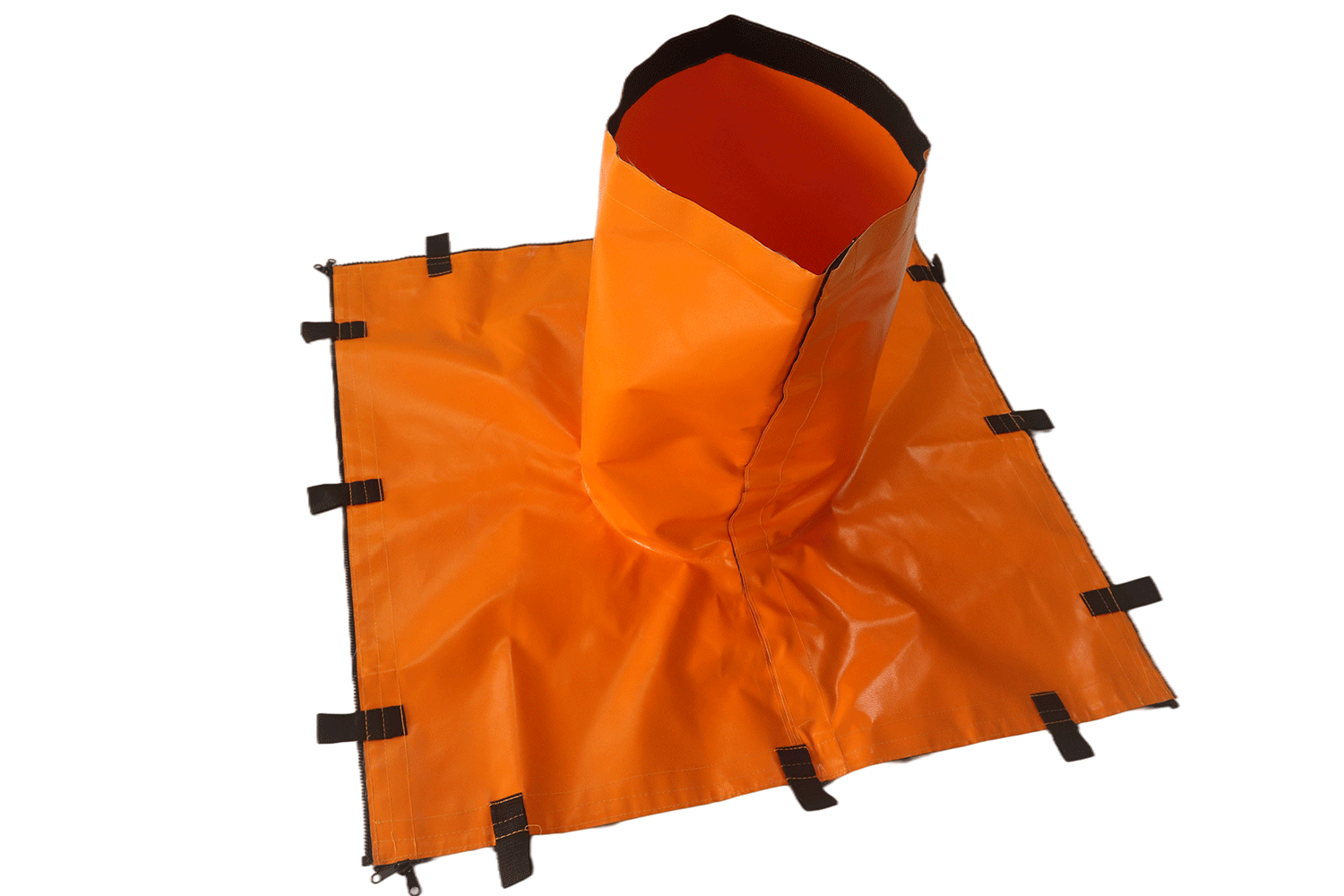
Welding habitat is a controlled environment designed to safely contain welding operations, particularly in sensitive or hazardous areas. It is commonly used in industries such as oil and gas, shipbuilding, construction, and manufacturing, where welding poses risks like fire, explosions, or environmental contamination.
Welding habitats are the best solution for risk management and control in potentially explosive environments in oil and gas drilling platforms and refineries. Welding habitats protect personnel and equipment for hot work and allow continuous production during welding ,grinding ,cutting .The main component of welding habitats is welding habitat panels, which separate ignition sources from hazardous areas. These panels are light and easy to handle, but still strong enough to withstand the rigors of offshore weather. they are installed and delivered in a very short time, thereby minimizing staffing levels and accessories requirements. Any size and shape can be created, and penetrations such as structural beams and pipes can be easily integrated. The habitat is made of flexible modular panels that can be reused over and over again.
Material :
Made from fire-resistant materials such as fiberglass, silica, or flame-retardant fabrics to withstand high temperatures and sparks.
Modular and portable designs for easy assembly and disassembly.
Includes frames (e.g., aluminum or steel) and flexible or rigid panels to create a sealed environment.
Sealing :
Equipped with zippers, Velcro, or airtight seals to prevent the escape of sparks, fumes, or gases.
Ventilation :
Integrated ventilation systems (e.g., fans, ducting) to control fumes, maintain air quality, and reduce heat buildup.
Size and Customization :
Available in various sizes, from small enclosures for localized work to large habitats for entire structures.
Customizable to fit specific project requirements, including irregular shapes or confined spaces.
Access Points :
Includes doors, windows, or ports for worker entry, equipment access, and monitoring.
Applications of Welding Habitats
Oil and Gas Industry :
Used for welding or hot work on pipelines, storage tanks, or offshore platforms, where flammable gases or vapors are present.
Shipbuilding and Repair :
Provides a safe environment for welding in confined spaces like ship hulls or engine rooms.
Construction and Infrastructure :
Protects sensitive areas (e.g., historic buildings, public spaces) from sparks, fumes, and heat during welding.
Manufacturing and Maintenance :
Used in factories or plants to contain welding operations and prevent damage to equipment or products.
Hazardous Environments :
Essential for welding in areas with explosive or toxic substances, such as chemical plants or refineries.
Environmental Protection :
Prevents contamination of surrounding areas by containing welding debris, fumes, and spatter.
Benefits of a Welding Habitat
Enhanced Safety :
Reduces the risk of fire, explosions, and exposure to hazardous fumes or gases.
Protects workers from burns, sparks, and other welding-related hazards.
Compliance with Regulations :
Helps meet safety and environmental regulations for hot work in hazardous or sensitive areas.
Controlled Environment :
Provides a stable, contained space for welding, improving the quality and efficiency of the work.
Versatility :
Suitable for a wide range of applications, from small repairs to large-scale projects.
Cost-Effective :
Prevents damage to surrounding equipment, structures, or environments, reducing repair and cleanup costs.
Portability and Reusability :
Lightweight and modular designs allow for easy transport and reuse in multiple locations.
How to Use a Welding Habitat
Assess the Work Area :
Identify the size, shape, and hazards of the area where welding will take place.
Select the Appropriate Habitat :
Choose a habitat that matches the project’s requirements, including size, material, and ventilation needs.
Set Up the Habitat :
Assemble the frame and attach the panels, ensuring a tight seal.
Install ventilation systems and access points as needed.
Prepare for Welding :
Ensure all equipment, materials, and safety gear are inside the habitat.
Test the ventilation system and check for leaks or gaps in the enclosure.
Perform Welding Operations :
Conduct welding within the habitat, monitoring air quality and temperature as needed.
Dismantle and Clean Up :
After completing the work, disassemble the habitat and inspect it for damage.
Clean and store the habitat for future use.
RONDY welding habitat is an essential solution for safely containing welding operations in hazardous or sensitive environments. Its fire-resistant materials, modular design, and ventilation systems ensure worker safety, regulatory compliance, and environmental protection. By using a welding habitat, industries can minimize risks, improve efficiency, and reduce costs associated with welding operations.
|
Material |
Silicone Coated Fiberglass |
|
Thickness |
0.45mm, 0.75mm, 1.0mm |
|
Color |
Orange, grey , blue |
|
Service Temperature |
Hot sale 550 ℃ Heavy duty :1000 ℃ |
|
Size |
Standard size:1x1m, modified panel 1x1m, emergency escape panel 1x2m, special penetration panel , patch panel |
|
Certificate |
ANSI/FM4950, EN1869, NFPA701 |
|
Components |
Fire retardant yarn, zipper, Velcro , D ring ,etc |


 Hot News
Hot News2025-03-25
2025-03-25
2025-03-25
Copyright © 2025 by Shandong Rondy Composite Materials Co., Ltd. — Privacy Policy